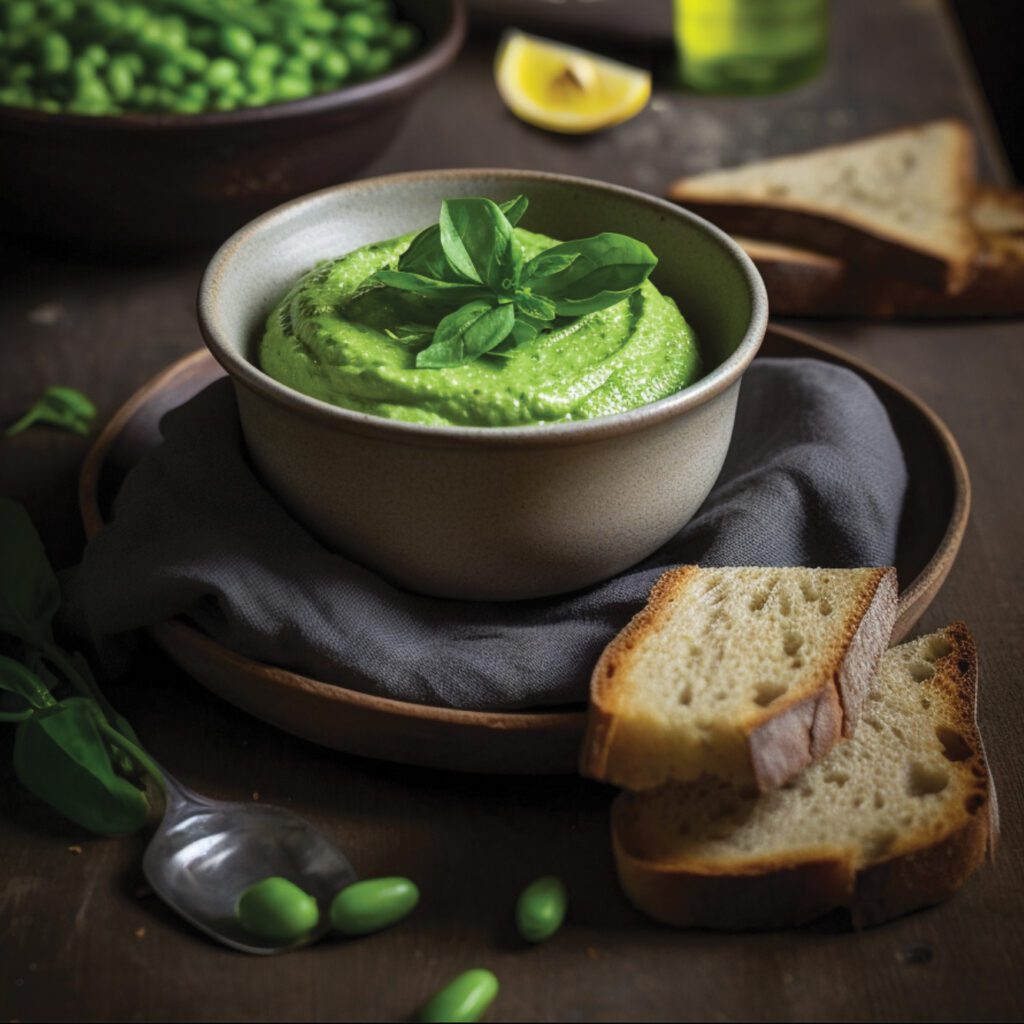Geldingadalur: Iceland’s eternal volcano
Geldingadalur: Iceland’s eternal volcano
 PHOTOS: MAX MILLIGAN
PHOTOS: MAX MILLIGAN
On a calm March morning in locked-down Somerset, I sat up in bed plotting how to escape to Iceland for the 32-hour-old volcanic eruption.
Over three years I had photographed every part of the island nation for my book Iceland – As it is, from the tip of turquoise glaciers to diving with whales in North Atlantic depths. But spouting lava had always eluded me. In February 2015 Bárdarbunga had ceased exploding two days before I landed to go and see it, so I had to make do with mere steam.
This time I acted more speedily, emailing Promote Iceland with promises of unusual angles of the already well-photographed crater, and the next morning a formal invitation arrived. Covid tests, diverted flights and quarantine days crawled by as I dreaded hearing the news that Geldingadalur had stopped flowing. But this volcano is unusual, indeed: its magma is surging up from the deepest mantle of the planet and is now expected to continue, possibly for decades.
I scoured the papers and Instagram to see what other photographers had captured – no images of the Northern Lights and lava yet, the holy grail of combinations. The Aurora Borealis are formed around three days after vast solar storms when the charged particles collide with the Earth’s atmosphere. Oxygen creates the green hues and nitrogen the frilly pink and red fringes.
If you are familiar with the UK shipping forecast, South East Iceland (and the rest of it) is rarely a meteorological picnic. The climate and geography of the country is cacophonic with belching mud and geysers blasting skyward according to their secret schedules. An eruption is always imminent and lava flows, ancient and recent, cover the country’s surface like scrunched fists, softened intermittently by thick soft moss. The wind is so strong that you can’t insure car doors. This wind brings cloud, and cloud obscures the vast majority of auroras.


Nights get shorter in the spring by seven minutes each day and we were approaching the end of the period where they are visible at all; added to that was the midnight-to-six curfew when search and rescue staff, the site’s monitors, take their well-earned sleep.
I managed to join the patrols, who made sure no-one had sneaked back in. On the fifth visit, just before dawn at 3 o’clock as we were leaving, I saw the pale green wisps dancing between the clouds.
This prompted a frantic sprint uphill on soft black sand to position the volcanic cones into view and the pulling-out of tripod legs as I ran – fumbling with frozen fingers to get the camera settings right in the gale-blasted darkness. I waved one glove up and down over the bottom part of the lens to stop the brilliant lava dominating the fragile veils of light and managed to fire off six twenty-second pictures in three minutes, just before the cloud wrapped it all up again like a thick Icelandic jumper.
A day later the phosphorescent glow on my computer screen revealed it had all worked out. From turbulent Mordor I shall return to the greening hedges of the Somerset Shire and plan my next escape.
Max Milligan has produced seven photographic books – the latest, a three year odyssey around Iceland, called “Iceland – As it is”, available from Ebay. His work hangs in corporate and private collections worldwide. Max is based between Bruton, Cuzco and Reykjavik. His photographs can be seen on Instagram at MaxMilliganPhoto and Itiswhatit.is
Teenage consent and a flaky friend
Your email address will not be published. The views expressed in the comments below are not those of Perspective. We encourage healthy debate, but racist, misogynistic, homophobic and other types of hateful comments will not be published.



